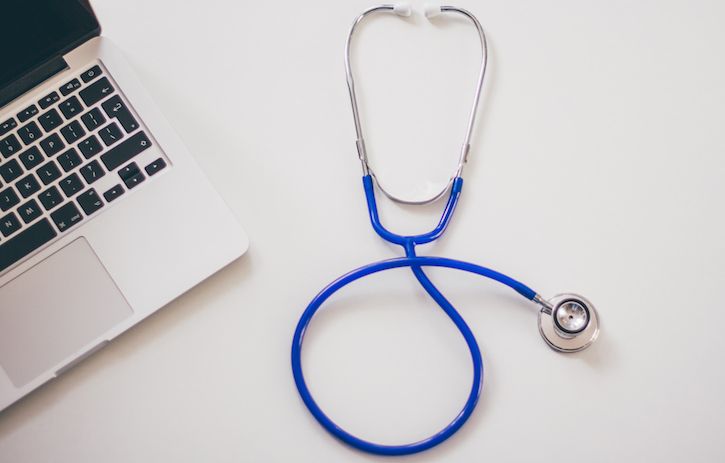Telemedicine's Promise for Treating Hypertension
“The patients were the most interested in the technology. It essentially freed them.”

Patients and healthcare professionals alike are optimistic about adopting telemedicine for the self-management of hypertension, but some skepticism remains, a new study has found.
A systematic review of 112 authors’ published studies that analyzed and discussed factors relating to the self-management of hypertension via telemedicine between 2010 and 2016 found that 17% more facilitators of implementation were noted than barriers.
“Overall, the findings were very positive,” said Dr. Michael Mileski, assistant professor at the School of Health Administration at Texas State University and lead author of the study.
“The very intriguing thing we found was that the patients were the most interested in the technology. It essentially freed them. They wouldn’t have to go to the doctor’s office, they were able to utilize the technology, and it came down to the phone in their pocket to get real-time reporting of their blood pressure and so on,” Mileski said. “The physicians really liked it because they didn’t have to have that one-on-one interaction with the patient, and it really freed up time.”
The most common facilitators included increased access, an uptick in health and quality, patient knowledge and involvement, technology growth with remote monitoring, cost-effectiveness, and heightened convenience. The most prevalent barriers included a lack of evidence of efficacy, difficulty in maintaining self-management, a lack of long-term results, and concerns over an additional workload commitment.
One of the greatest challenges to the implementation of telemedicine for the self-management of hypertension was a lack of familiarity with the technology and misperceptions about its efficacy, Mileski said.
“A lot of it comes down to people not understanding what this technology is capable of doing and how easy it is,” Mileski said. “It’s a case of getting people used to it. It’s new and special and not something that’s been done before, so getting people going on it is one of the biggest hurdles that we face.”
He theorized that a similar study 5 years from now would find fewer barriers.
One obstacle that might never be overcome is the issue of security, on both the patient and provider sides.
“That’s a valid concern. We often see medical providers getting hacked,” Mileski said. If the sophistication of hackers continues to keep pace with security technology, patient information might never be completely safe, according to Mileski.
The review focused on the use of telemedicine for the self-management of hypertension, known as the “silent killer,” which is one of the most important causes for premature death and affects 1 billion people worldwide. Because two-thirds of such patients are found in developing countries, telemedicine could be useful in treating people in remote, rural areas where cellphones often offer the only internet connection.
Hypertension is growing at an “alarming rate”, the review noted, with an estimated 1.56 billion adults projected to be afflicted with hypertension by 2025, according to the World Health Organization. The health risks associated with hypertension include heart attacks, strokes, kidney failure, and other life-threatening health problems.
The cost for health care services, medications required for treatment, and missed workdays totals $46 billion in the U.S. annually. “With the obesity rate in America at an all-time high, along with hypertension diagnoses on the rise, it is important to recognize the benefits that telemedicine offers to consumers,” the report noted.
There has been a marked generational shift in attitudes to telemedicine, according to Mileski. “The baby boomers are almost enthralled by today’s telemedicine. They lived through the atomic age, and that was all the cutting-edge cool stuff then, and now this is the cutting-edge cool stuff, and they’re much more apt to utilize it and get the benefits that go with it,” Mileski said.
The high viability of telemedicine merits much further exploration, Mileski said, not only in terms of more widespread use but building the technology to make it more friendly, interactive and feature-rich. “We’re just right at the tip of the iceberg, and there’s a whole lot more underneath we could be doing with all this wonderful technology.”
Podcast: Adoption of Healthcare Tech in the Age of COVID-19 with Dr Kaveh Safavi
June 22nd 2021Kaveh Safavi, MD, JD, global health lead of Accenture Health, discusses how the pandemic influenced the speed at which healthcare organizations adopted new technologies and how this adoption is impacting patient care.